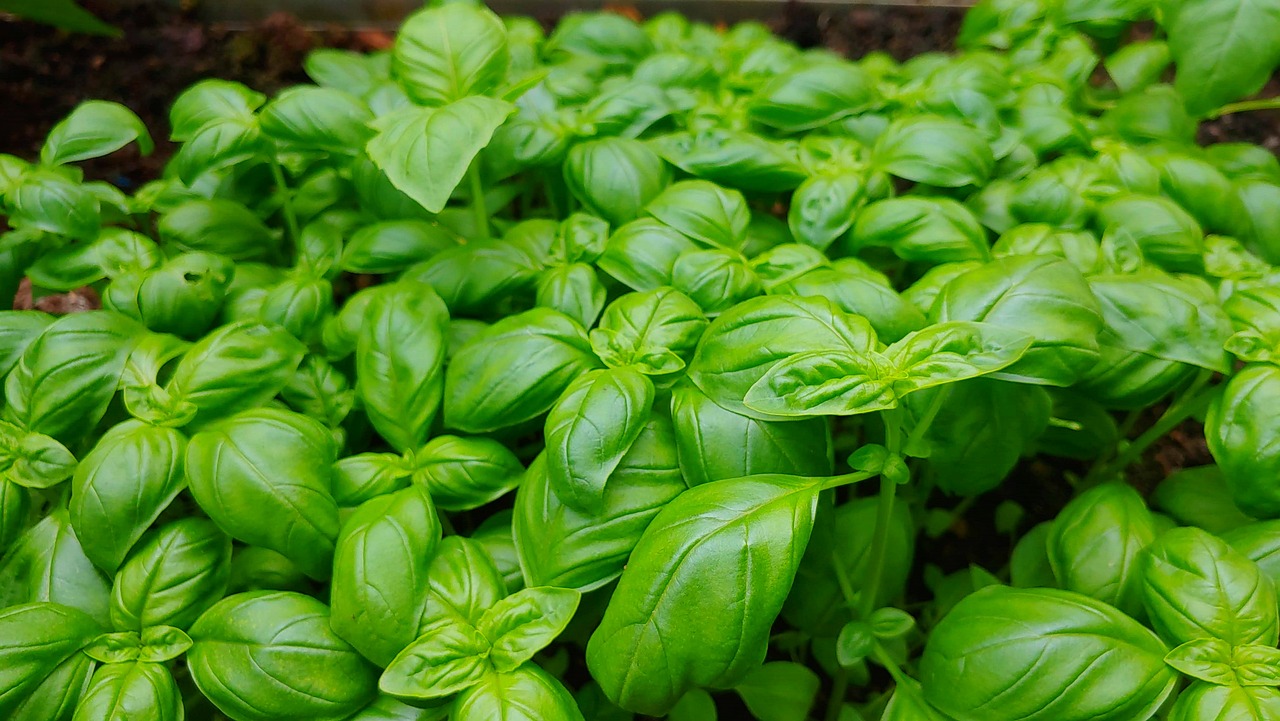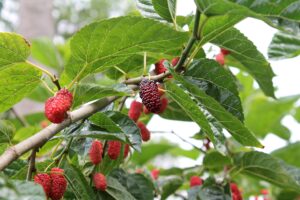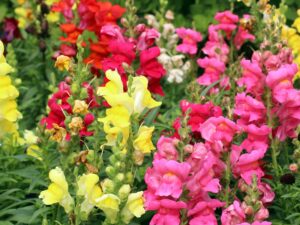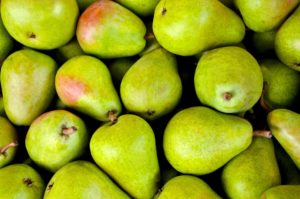Knowing how to harvest basil properly can significantly enhance your gardening experience, allowing you to enjoy fresh, aromatic leaves throughout the growing season. Whether you are a seasoned gardener or a beginner, this guide will help you understand the best practices for harvesting basil.
When to Harvest Basil
Timing is crucial when it comes to harvesting basil. The best time to harvest basil is after it has developed a good amount of foliage but before it starts to flower. Keep an eye on your plants, and aim to start harvesting when they are about 6 to 8 inches tall.
Here are some specific signs that indicate it’s time to harvest:
Minimum Leaf Growth: Ensure the plant has at least several sets of leaves. This ensures that you’re harvesting enough without harming the plant’s growth.
Before Flowering: The moment basil begins to produce flowers, its leaves may become bitter. To prevent this, harvest before flowering starts.
Daily Snipping: Regularly snipping a few leaves can keep the plant bushy and promote new growth.
How to Harvest Basil
Harvesting basil is not complicated, but doing it correctly ensures the plant continues to grow healthily. Here’s a step-by-step guide:
1. Use Clean Tools
Start with a pair of sharp, clean scissors or pruning shears. This helps prevent disease transfer and makes cleaner cuts.
2. Pick the Right Leaves
Focus on gathering the larger, mature leaves first. They usually have the best flavor and will encourage the plant to produce more growth. Aim to leave the smaller, younger leaves intact to support the plant’s ongoing vitality.
3. Cut Above a Leaf Node
When harvesting, make your cut just above a leaf node (the spot where leaves meet the stem). This encourages the plant to branch out and grow more leaves from that point.
4. Harvest in the Morning
If possible, harvest basil early in the morning when the essential oils in the leaves are at their peak. This method maximizes flavor and fragrance.
5. Harvest Regularly
Frequent harvesting can stimulate growth. Aim for regular snips, which will not only provide you with fresh basil but also keep the plant healthy and bushy.
How to Store Fresh Basil
After you’ve harvested your basil, proper storage is vital to maintaining its flavor and freshness.
Short-term Storage: To keep fresh basil at room temperature, place the stems in a glass of water, similar to how you would with cut flowers. Cover the leaves loosely with a plastic bag and place it in a cool spot away from direct sunlight.
Refrigeration: You can wrap basil leaves in a damp paper towel and store them in a sealed bag in the fridge. This method helps maintain moisture without making the leaves slimy.
Long-term Preservation: For longer storage, consider drying or freezing your basil:
Drying: Hang basil upside down in a dark, dry place or use a dehydrator; store the dried leaves in airtight containers.
Freezing: Chop the basil leaves, mix them in olive oil in ice cube trays, and freeze. These cubes can be added directly to dishes when cooking.
Conclusion
Harvesting basil can be a rewarding experience, enhancing both your culinary creations and your garden’s vitality. By following the proper techniques and timing, you can enjoy aromatic basil all season long while promoting healthy plant growth.
So, grab those scissors, head to your garden or perhaps your windowsill, and start harvesting! With these easy methods, you’ll be well on your way to enjoying the delightful flavors of fresh basil in your meals.





